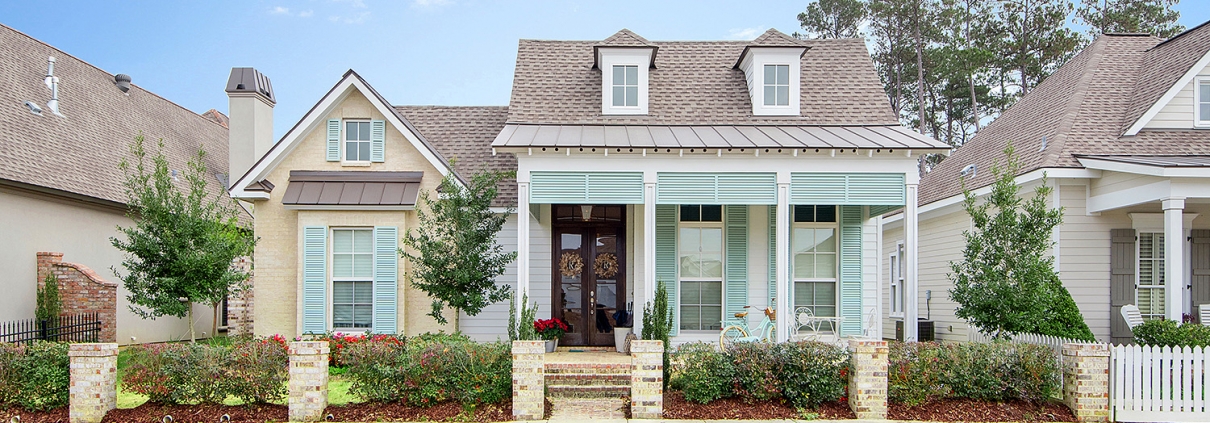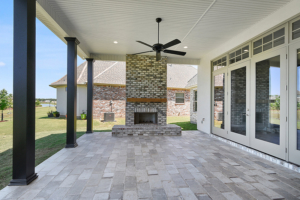 There are many factors that influence mortgage rates such as inflation, economic growth and most importantly the Federal Reserve. When determining mortgage rates, the Federal Reserve’s monetary policy is taken into consideration.
There are many factors that influence mortgage rates such as inflation, economic growth and most importantly the Federal Reserve. When determining mortgage rates, the Federal Reserve’s monetary policy is taken into consideration.
The Federal Reserve’s monetary policy is set by the Federal Open Market Committee. The Federal Reserve itself is the central banking system of the United States of America. The goal of the Fed is to boost job growth while controlling the amount of inflation. The Federal Open Market Committee (FOMC) has a certain way of maintaining its goal through monetary policy. This is done through the federal fund rates. The federal fund rates are “interest rate that banks charge one another for short-term loans.” These federal fund rates help shape mortgage rates along with other long-term loans.
Neither the mortgage rates or the fed rates follow each other necessarily. Most of the time, the federal funds rate and mortgage rates tend to go the same direction. There are times in history when the Fed has lead the market and other times the mortgage market has lead.
The FOMC meets eight times a year to work on any necessary changes that might need to be made to the monetary policy. If they make a change, FOMC will let investors know the result of their decision before making the change. This way there will be a consensus derived from the investor’s opinion on the FOMC’s decision. The consensus, for the most part, agrees with the Fed’s decision whether to cut rates, raise them or keep them the same.
Currently, the federal funds rate has been reduced to a range of 0% to 0.25% as of March 15, 2020. The central bank plans to keep the federal funds rate close to zero for the time being. They also will conduct a round of quantitative easing which is a form of economic stimulus the central bank has used in the past.
The quantitative easing planned is for the Feds to purchase around $500 billion of Treasurys and approximately $200 billion of mortgage-backed securities. The Fed hopes this will “add cash to the mortgage banking system to reassure lenders that it’s safe to lend because the Fed is willing to buy the resulting mortgage-backed securities.”
Federal funds rate will not only influence the mortgage rates in the housing market but will also influence the home equity lines of credit (HELOC). The HELOc rates are usually adjustable rates and are based off the Wall Street Journal’s prime rate. In a nutshell, when the Fed cuts the federal funds rate, the interest rate on HELOcs will also go down.
Click Here For the Source of the Information.

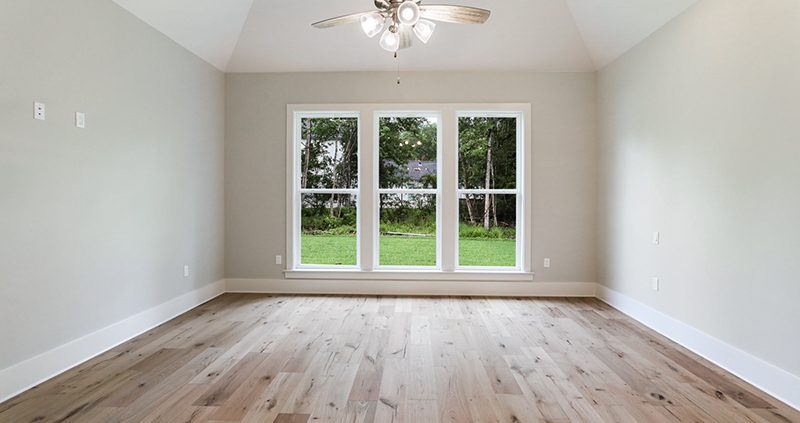 NOLA Real Estate Marketing, LLC
NOLA Real Estate Marketing, LLC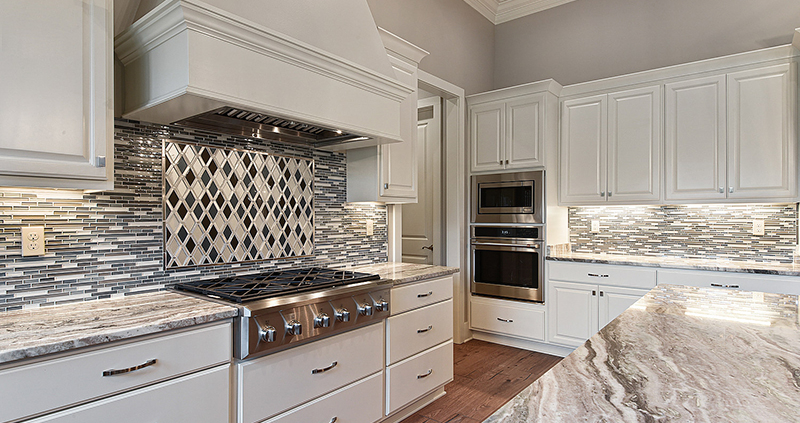
 Single-family starts grew in numbers this February according to estimates from the
Single-family starts grew in numbers this February according to estimates from the 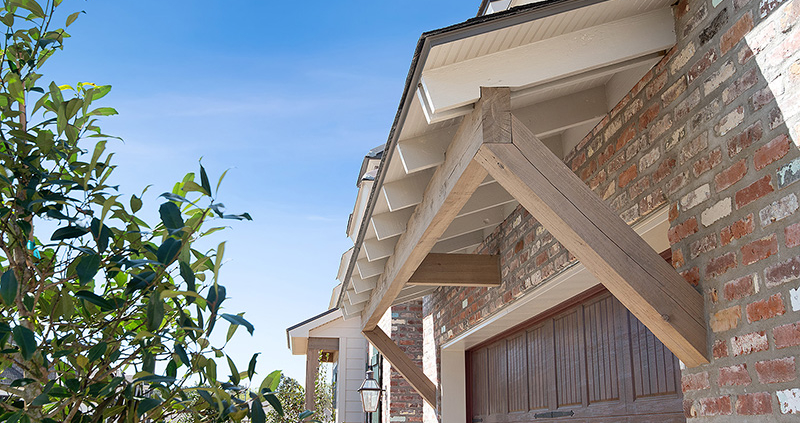
 Mortgage rates have been at record lows for a while now, but with a new emergency rate cut from
Mortgage rates have been at record lows for a while now, but with a new emergency rate cut from 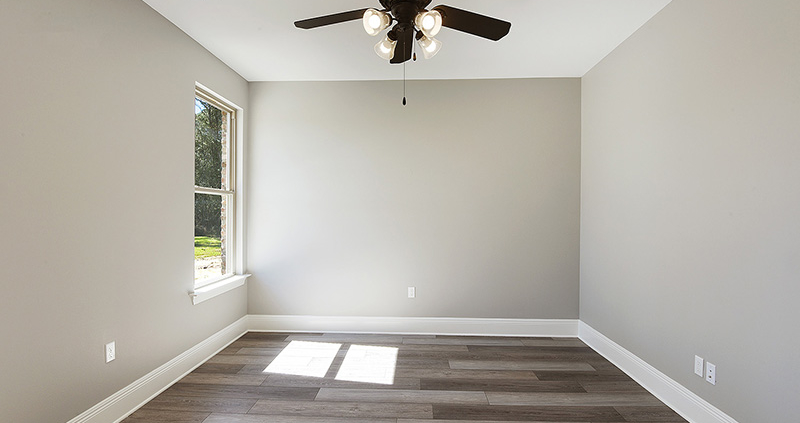
 Just like any other consumer product the more something is in demand the better the market for it. The housing industry is no exception to the rule. Everyone needs a place to live so this, in turn, affects every aspect of the housing market from real estate to lending to title. The data collected regarding if and when people are moving can interpret if the housing market is thriving.
Just like any other consumer product the more something is in demand the better the market for it. The housing industry is no exception to the rule. Everyone needs a place to live so this, in turn, affects every aspect of the housing market from real estate to lending to title. The data collected regarding if and when people are moving can interpret if the housing market is thriving. baseline to research. An interesting fact according to the census, is that the homeownership rate has held steadily for approximately 60 years. According to
baseline to research. An interesting fact according to the census, is that the homeownership rate has held steadily for approximately 60 years. According to 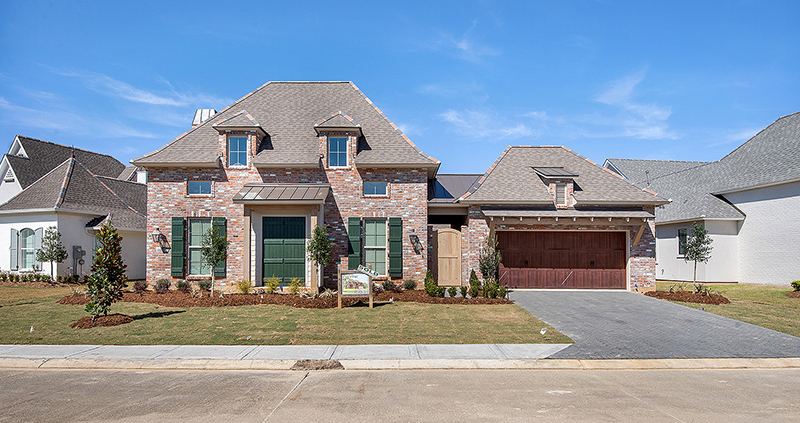
 Low Mortgage interest rates have supported a surge in custom home building in the fourth quarter of 2019. The
Low Mortgage interest rates have supported a surge in custom home building in the fourth quarter of 2019. The 
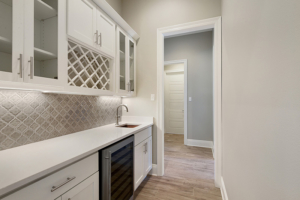 A new year has brought good news for the housing industry. The +first week reported that the average U.S. fixed rate for a 30-year fixed mortgage averaged at a low 3.72%. The findings were 80 basis points below data reported a week earlier.
A new year has brought good news for the housing industry. The +first week reported that the average U.S. fixed rate for a 30-year fixed mortgage averaged at a low 3.72%. The findings were 80 basis points below data reported a week earlier.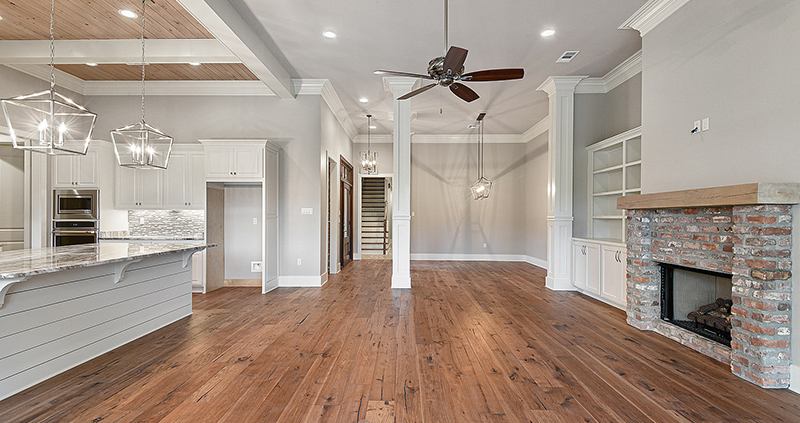
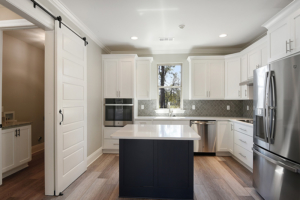 The Census Bureau reported the November 2019 U.S. spending rate for U.S. construction is 4.1% above 2018’s rate for last November. According to the report construction spending amounted to a seasonally adjusted annual rate of $1.324 trillion.
The Census Bureau reported the November 2019 U.S. spending rate for U.S. construction is 4.1% above 2018’s rate for last November. According to the report construction spending amounted to a seasonally adjusted annual rate of $1.324 trillion.